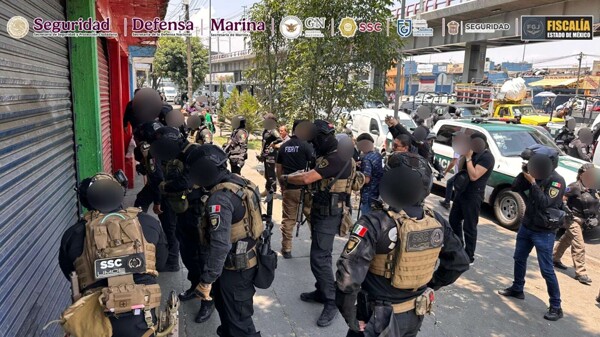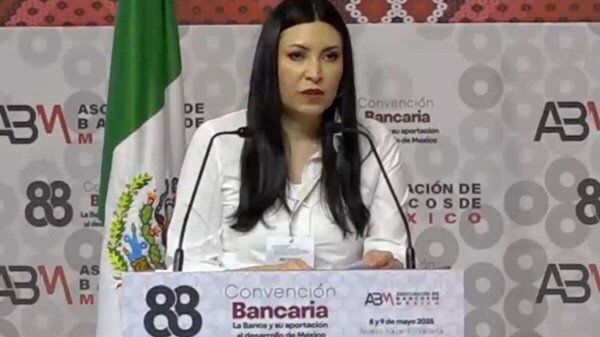
The United States Embassy in Mexico shared a map detailing the route used by cartels to smuggle fuel and stolen crude oil from Petróleos Mexicanos (Pemex). According to the Department of the Treasury, it was revealed that the main destination for this "huachicol" is Texas, although the Jalisco New Generation Cartel (CJNG) uses the Tamaulipas border in its smuggling operations.
The criminal organization profits through complex financial mechanisms. Once the stolen fuel is in U.S. territory, buyers and sellers conduct bank transfers labeled as "crude oil," while importers pay fictitious Mexican companies for what is described as "petroleum residues." These transactions allow the CJNG to finance its illicit activities, including payments to corrupt officials and augmenting its arsenal.
In Tamaulipas, the fuel smuggling operation is backed by the Financial Crimes Enforcement Network (FinCEN) of the Department of the Treasury, which issued an alert to financial institutions to detect operations related to organized crime, including the CJNG and the Sinaloa Cartel. Three Mexican brothers have been identified as responsible for this activity, channeling profits clandestinely to fund the cartel's operations.
The trafficking of stolen crude and fuels has become a primary source of illicit income for Mexican cartels, after drug trafficking, according to U.S. authorities. Additionally, sanctions have been imposed on individuals involved in these illegal activities. With the collusion of intermediaries and fictitious companies in Mexico, the stolen crude oil is sold to third parties for processing in U.S. refineries, or even marketed in foreign refineries in Africa or Asia, according to information from the Department of the Treasury.














